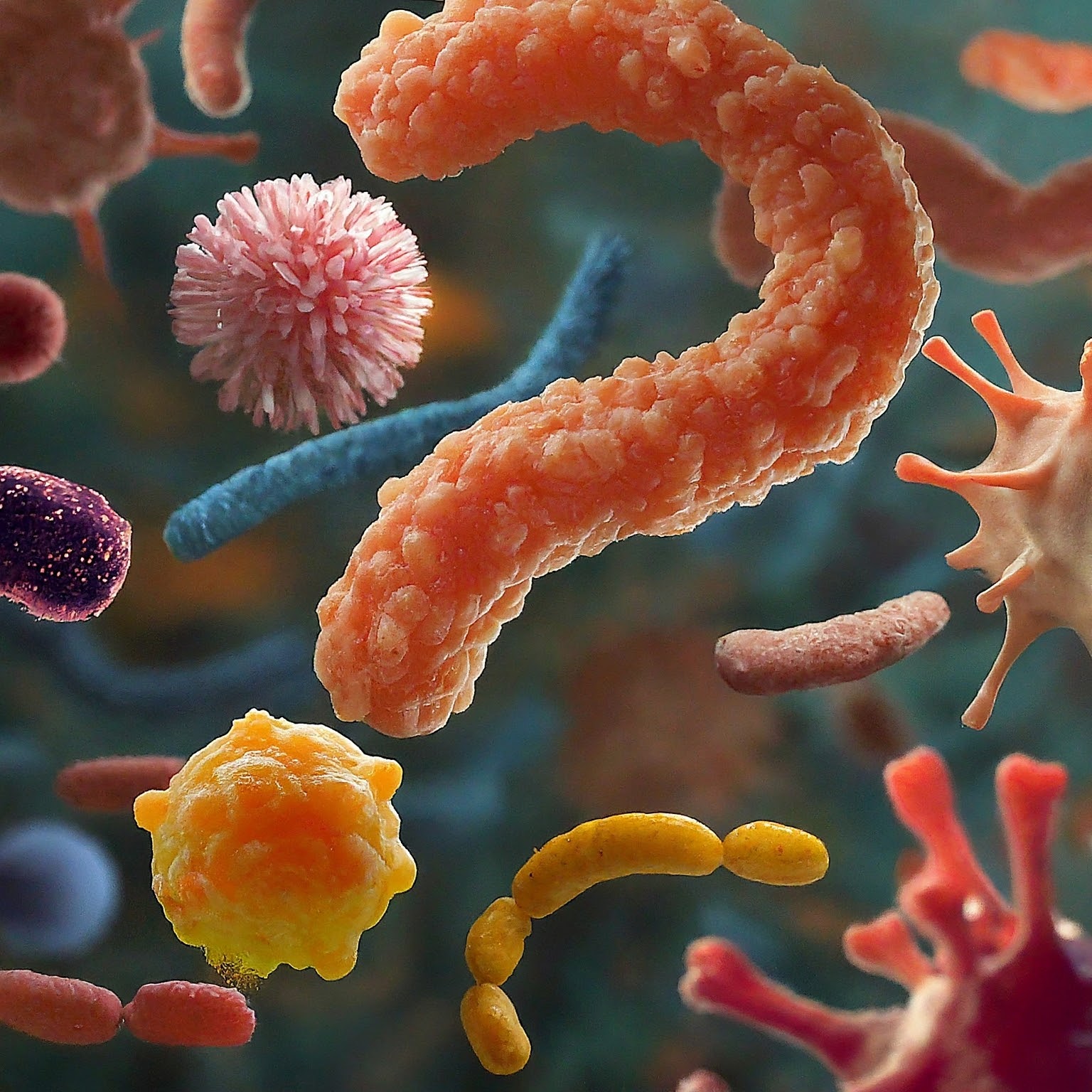Diving into Disease Dynamics: Unraveling Causes and Control
Causes of Diseases
The causes of diseases are multifactorial and can vary depending on the specific disease and individual circumstances. Here are some common causes and contributing factors to diseases:
- Infectious Agents: Many diseases are caused by infectious agents such as bacteria, viruses, fungi, and parasites.
- Genetic Factors: Genetic predisposition can increase the risk of developing certain diseases.
- Environmental Exposures: Exposure to environmental factors such as pollutants, toxins, radiation, and hazardous substances can contribute to the development of diseases.
- Lifestyle Choices and Behavioral Factors: Unhealthy lifestyle behaviors and habits can increase the risk of developing certain diseases.
- Biological and Physiological Factors: Changes in biological processes or physiological functions within the body can contribute to the development of diseases.
- Social and Economic Determinants: Socioeconomic factors such as poverty, education level, access to healthcare, housing conditions, and social support networks can influence health outcomes and disease risk.

Understanding the complex interplay of these various factors is essential for preventing, diagnosing, and managing diseases effectively. Public health efforts focus on addressing modifiable risk factors, promoting healthy behaviors, improving access to healthcare services, and addressing social determinants of health to reduce the burden of diseases on individuals and populations.
Epidemiology
The epidemiology of diseases involves the study of various aspects of diseases within populations, including their occurrence, distribution, determinants, and control measures. Epidemiologists use a range of methods to investigate diseases and their impact on populations. Here are some key components of the epidemiology of diseases:
- Occurrence and Distribution: Epidemiologists analyze temporal trends and spatial patterns of diseases to identify changes in disease occurrence over time and variations in disease distribution among different demographic groups.
- Determinants and Risk Factors: Epidemiologists investigate the factors that contribute to disease development, transmission, and progression.
- Transmission Factors: Epidemiologists study how diseases are spread within populations and investigate outbreaks of infectious diseases to implement control measures.
- Control and Prevention: Epidemiologists develop and evaluate strategies to prevent, control, and manage diseases, including vaccination programs, vector control measures, and health education campaigns.
- Population Health Impact: Epidemiologists quantify the overall impact of diseases on population health and investigate health disparities among different population groups.
Overall, the epidemiology of diseases provides critical insights into the dynamics of disease occurrence, transmission, and control within populations, informing evidence-based strategies for disease prevention, intervention, and health promotion.
Control of Diseases
The control of diseases involves various strategies aimed at preventing, managing, and reducing the impact of both communicable and non-communicable diseases. Here are some key approaches to disease control:
- Preventive Measures: Strategies such as vaccination, hygiene practices, vector control, and health education can prevent the spread of infectious diseases.
- Screening and Early Detection: Screening programs and diagnostic testing allow for early detection and treatment of diseases.
- Treatment and Management: Providing access to medical treatment, chronic disease management, and palliative care improves outcomes for affected individuals.
- Public Health Interventions: Disease surveillance, outbreak response, health policy, and regulation play key roles in disease control efforts.
- Research and Innovation: Research and innovation in disease prevention, diagnostics, treatments, and vaccines drive advancements in disease control.
By implementing a combination of these approaches, public health authorities, healthcare providers, policymakers, and communities can work together to prevent, manage, and control diseases, ultimately improving health outcomes and reducing the burden of illness on individuals and populations.


